A few words about the surroundings of Antalya, which was not so long ago (and hopefully will be again in the future) the most visited destination for Israelis in Turkey. Along with its well-developed tourist infrastructure, Antalya is also remarkable for the many fascinating Hellenistic-period monuments around it, which are better preserved than those in Greece itself. From Antalya, at least three excursions are worth making.
The first one is to the east, to Aspendos and Side. In Aspendos (47 km from Antalya), you can see a beautifully preserved 2nd-century theater with outstanding acoustics.
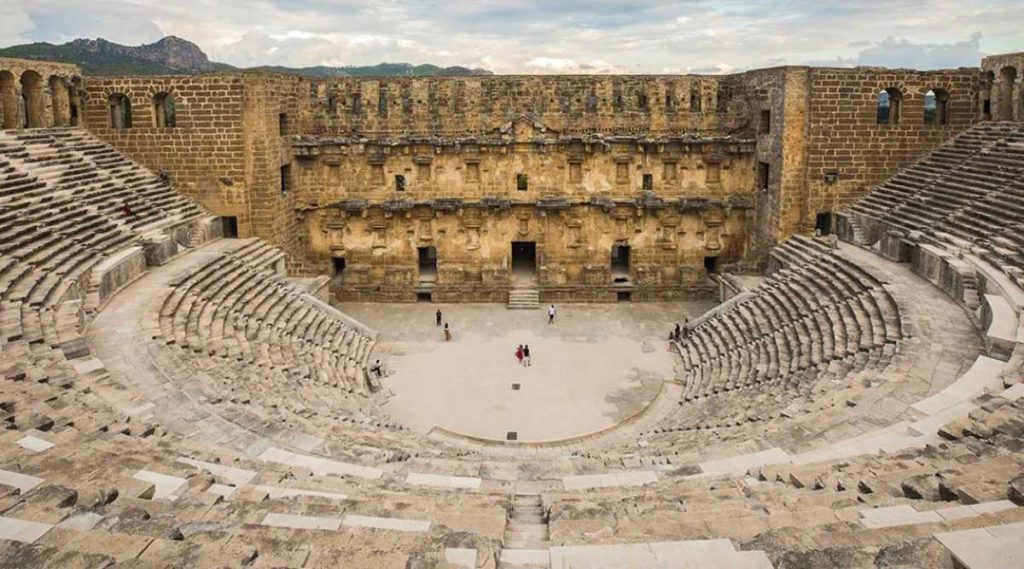
Also, climb the hill with the remains of a Byzantine basilica and walk from the basilica to the right until you reach the end of the hill, where you’ll find a “postcard” view of the Roman aqueduct. The view is so spectacular that I placed it on the cover of my first book. This aqueduct is rather unique since its last two kilometers were built as an inverted siphon, rather then as an open channel, thus allowing for lower arches while maintaining sufficiently high water pressure in the siphon.
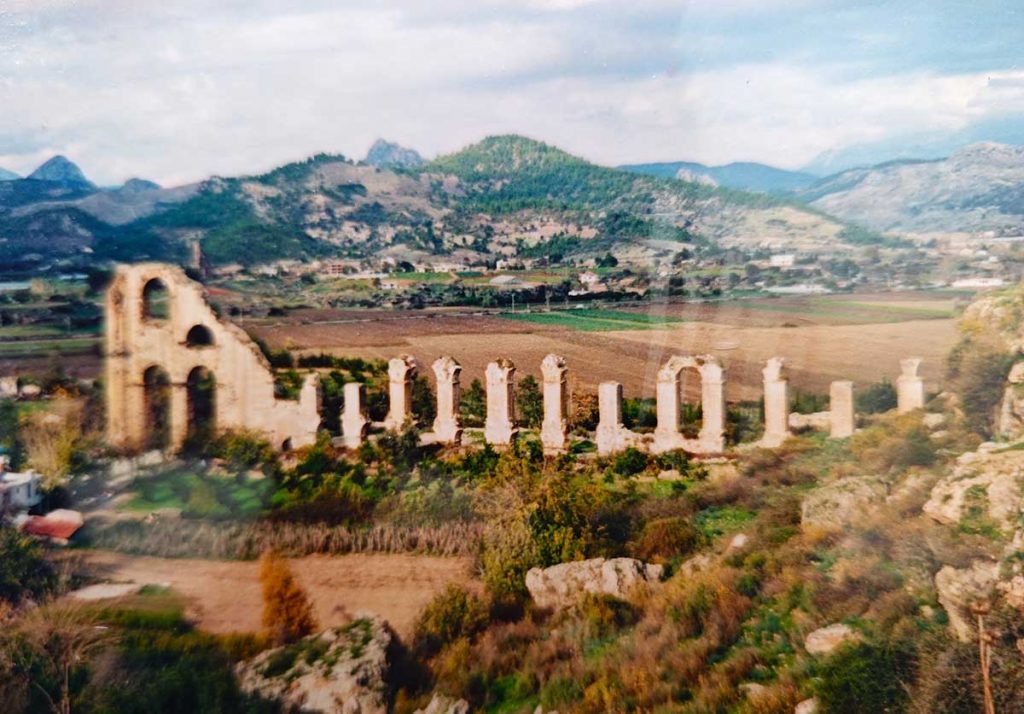
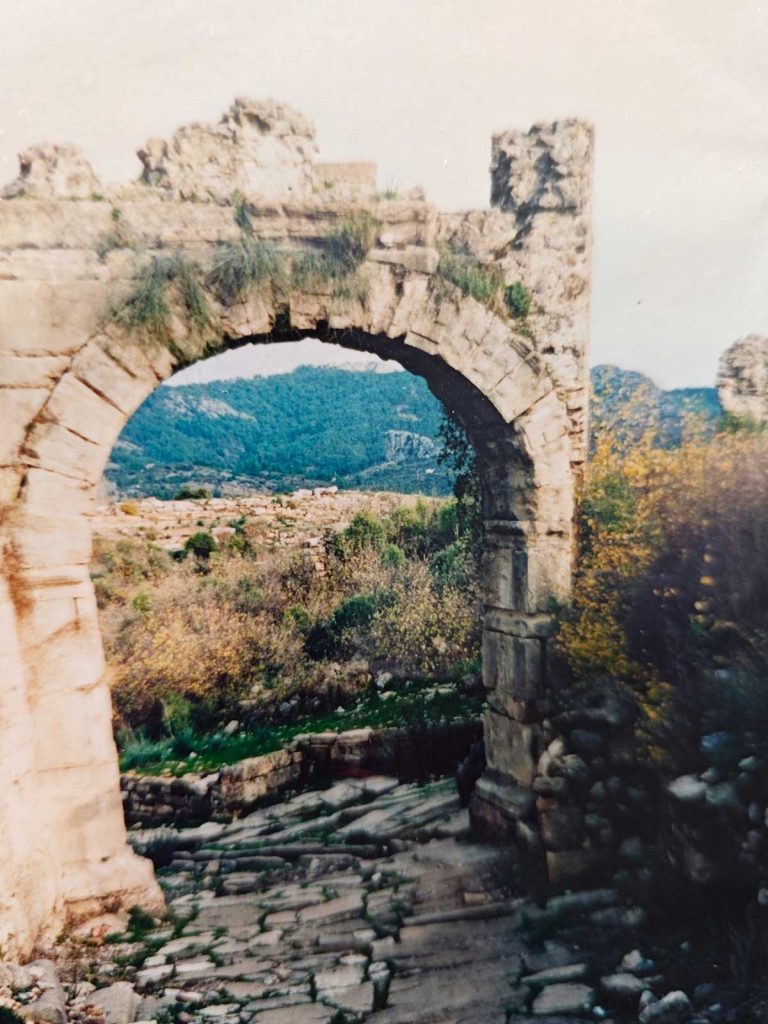
Side is a “living” city filled with numerous ruins, including a theater, a gymnasium, and the remains of the temples of Apollo and Athena.
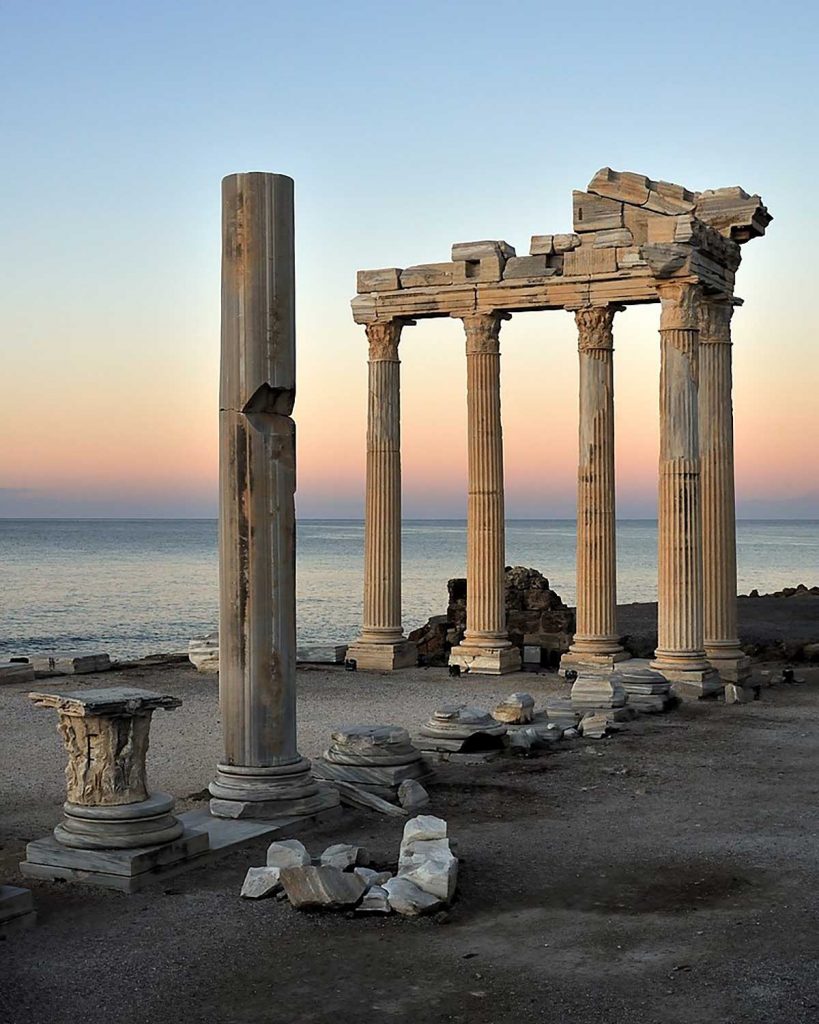
The theater in Side is the largest surviving Roman theater in Turkey, once accommodating over 20,000 spectators. Between the 1st and 4th centuries, it was used not only for theatrical performances but also for gladiator fights and wild animal hunts. Later, it served as a city quarry.
If you drive a couple more kilometers past the turnoff to Side, you’ll reach the beautiful Manavgat Waterfall, which cascades in a wide arc from a ledge in the riverbed of the same name.
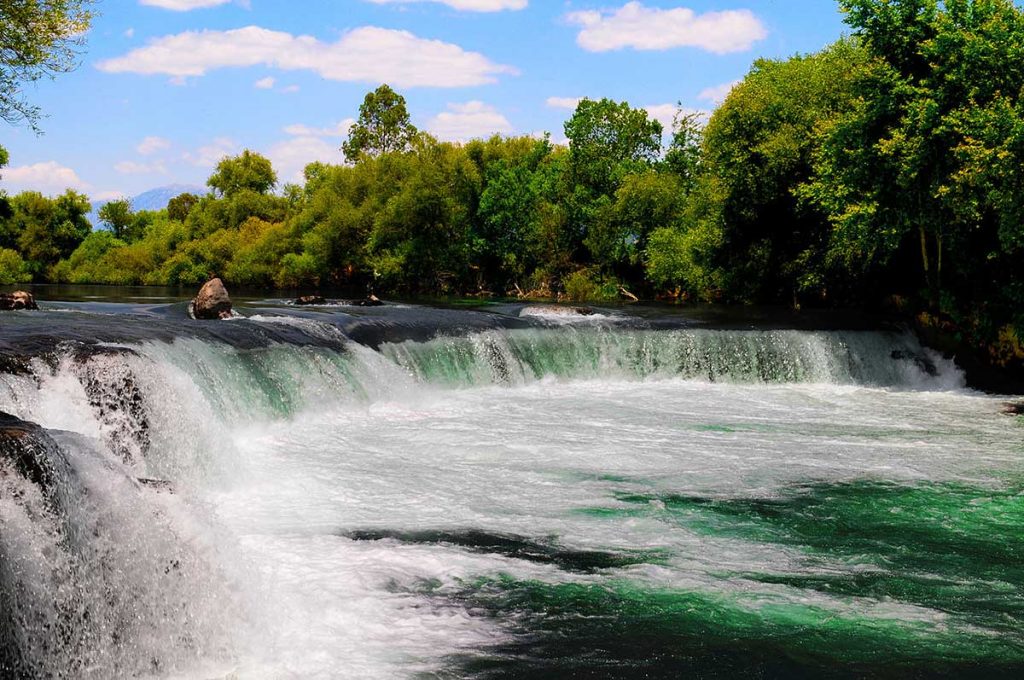
The second and, in my opinion, the most fascinating trip is 35 km north to Termessos. The city was founded by an ancient people called the Solymi, who, according to Herodotus, inhabited the surrounding lands. Leaving Antalya on the road to Burdur, turn left toward Korkuteli and continue to the entrance of Güllük National Park.
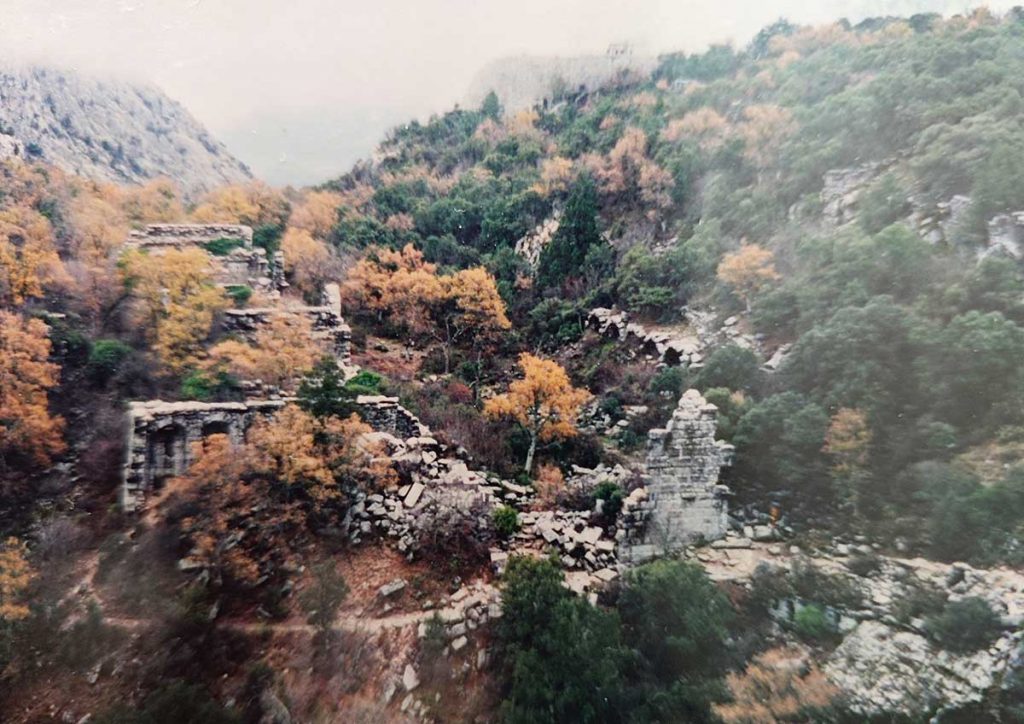
From the park entrance, a 9-kilometer winding road leads up to the city. Here, in the valley of Mount Güllük at an altitude of 1,050 meters, people seeking to escape worldly concerns (and enemies) built an entire city, complete with a theater on the very edge of a cliff, a gymnasium, temples, city walls, and a necropolis. Be sure to wear suitable footwear for exploring this city, which stretches 1.5 kilometers along the valley.

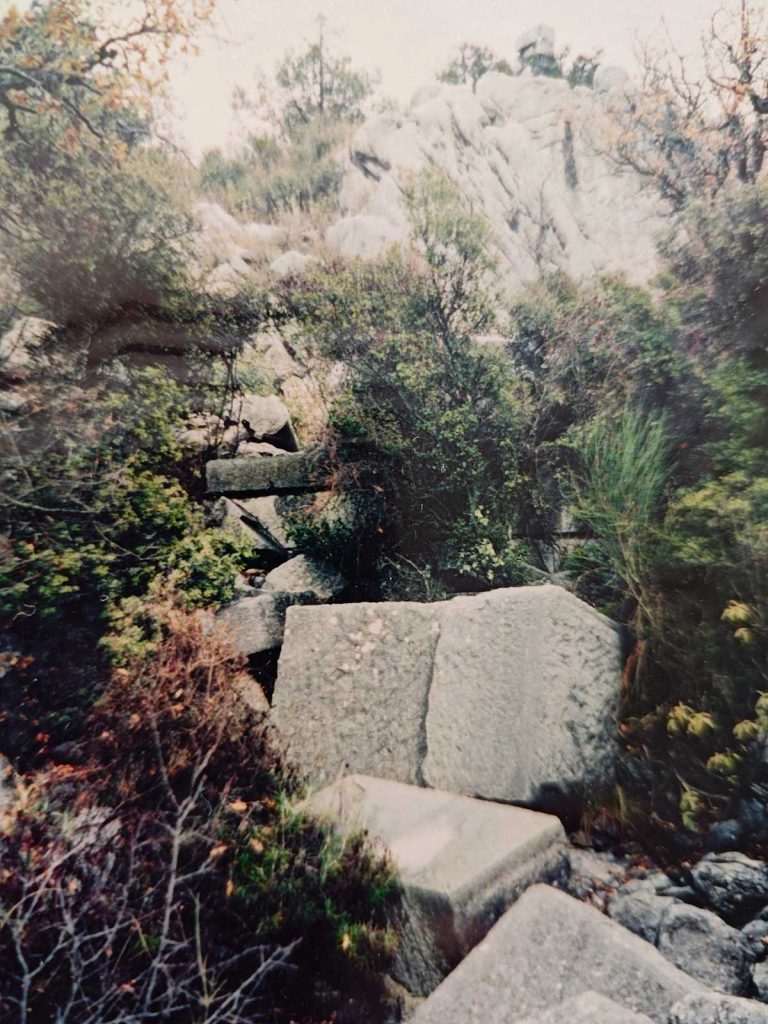
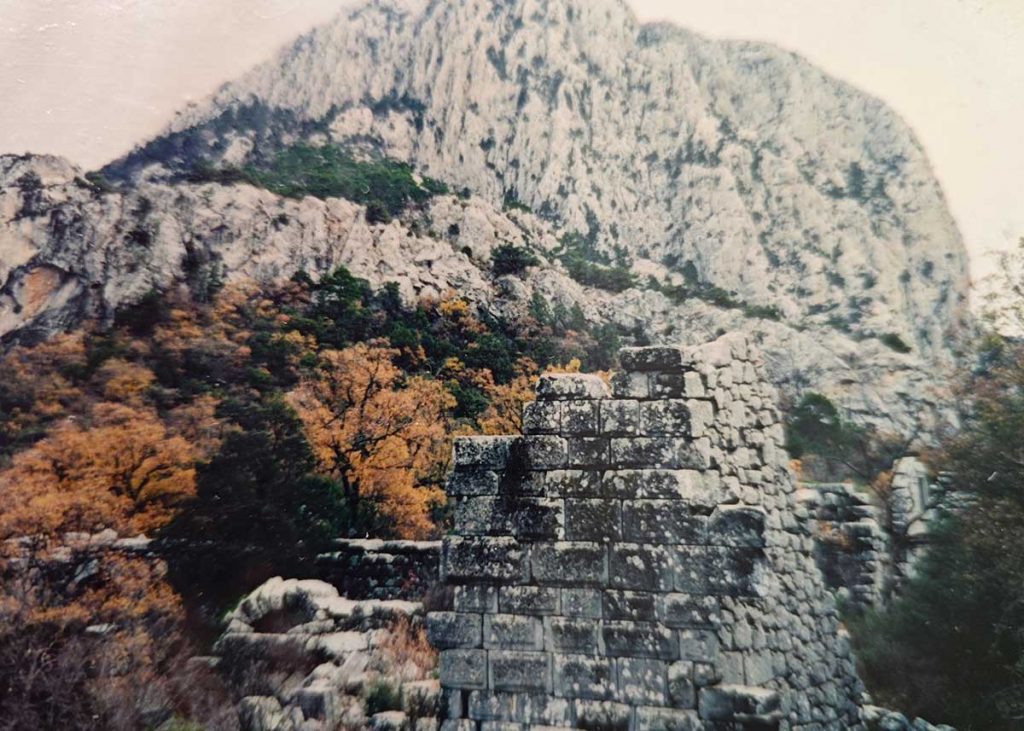
Archaeological excavations confirm that Termessos was already inhabited in the 6th century BC, and by the 3rd century BC, its population had reached 150,000. In 333 BC, the army of Alexander the Great, on its way from Perge to Phrygia, laid siege to Termessos. However, due to fierce resistance from the inhabitants and the city’s difficult-to-reach location, a swift victory was out of question. Alexander, unwilling to waste time and suffer losses, decided to lift the siege. In the 5th–6th centuries AD, Termessos was destroyed by a series of devastating earthquakes. The residents gradually abandoned the city, and it remained forgotten for centuries. This is what makes Termessos so captivating today—it has remained untouched for millennia.
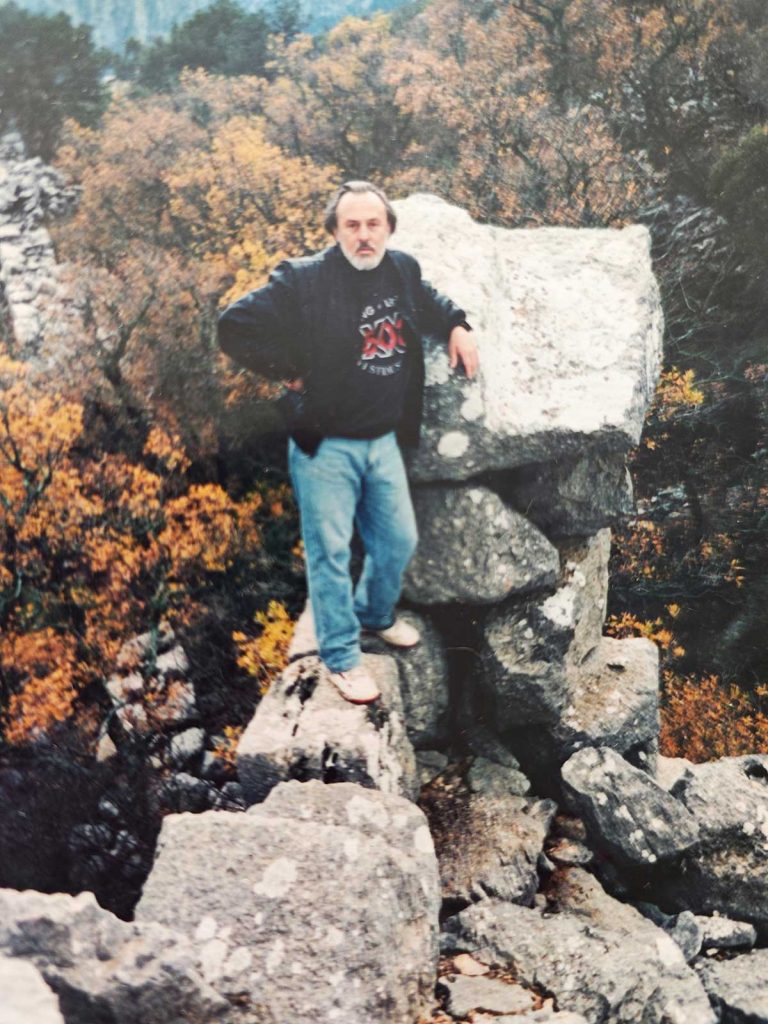
The third excursion can be to the ruins of Perge, where dozens, if not hundreds, of structures are scattered across a vast area. The most impressive monuments here are the well-preserved stadium and theater.
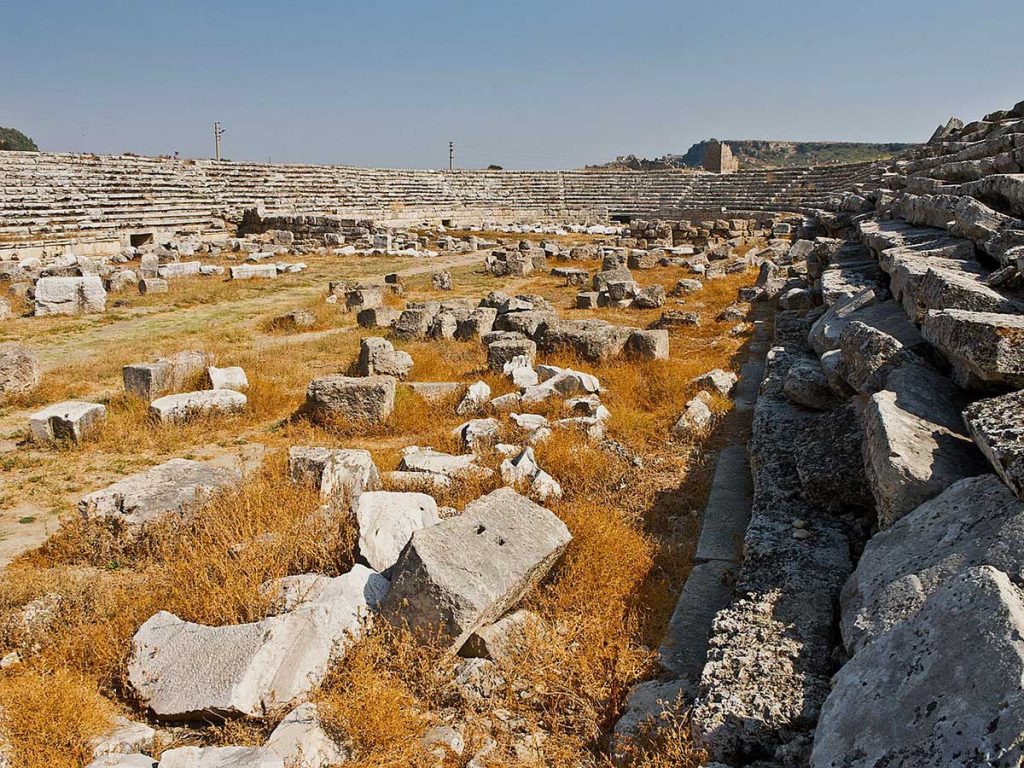
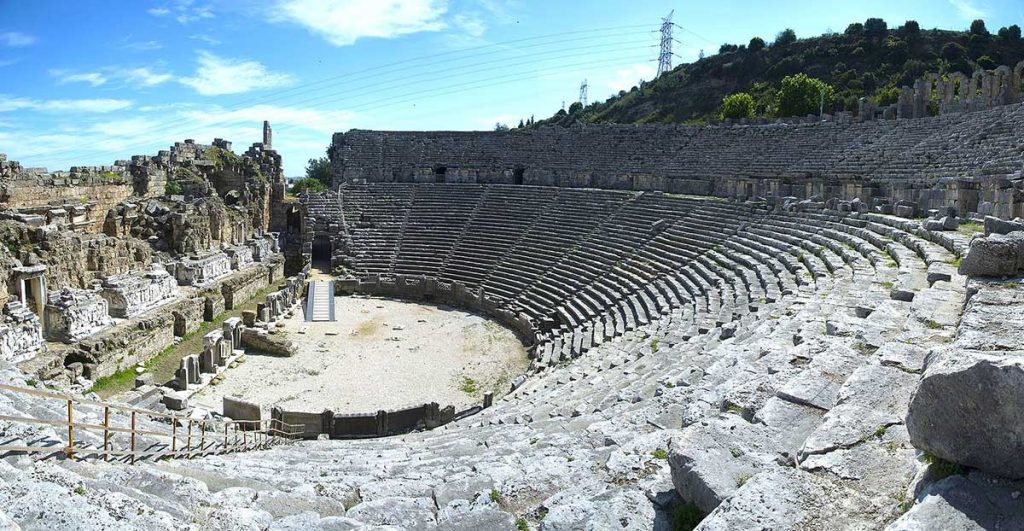
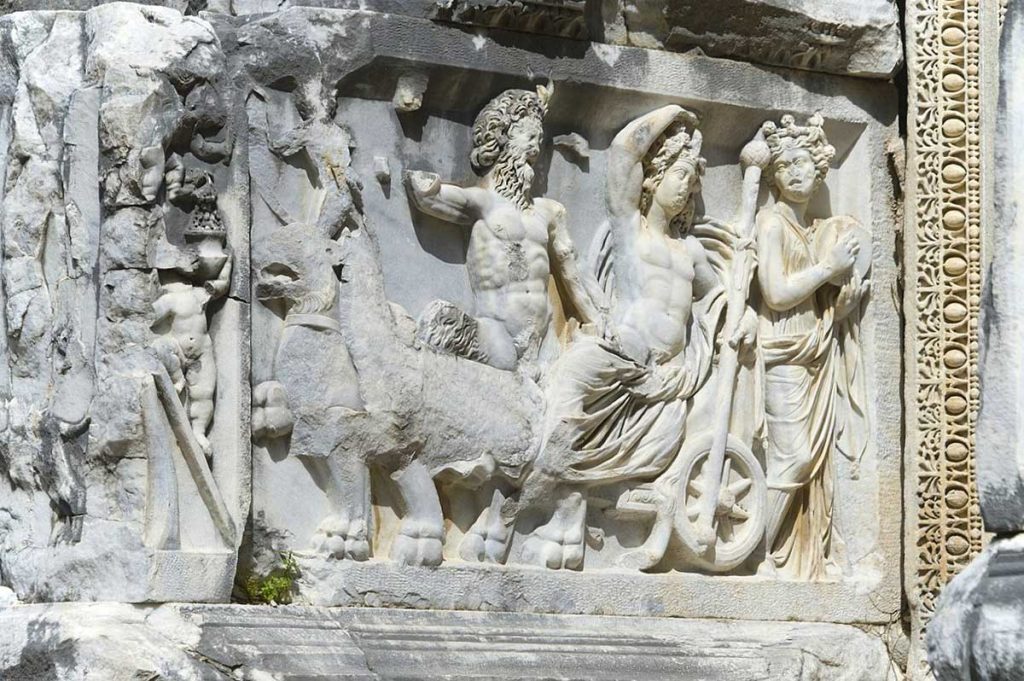
Heading west from Antalya, the road runs through ancient Lycia. The first noteworthy site along the way is the resort town of Kemer, 46 km away—a very picturesque place. However, it’s worth driving another 15 km to the ruins of the ancient port city of Phaselis, which has three bays that once served as harbors. The city features a remarkably well-preserved ancient road, 20–24 meters wide, leading to the triumphal arch of Emperor Hadrian.
After driving another 85 km, we arrive in Demre, the town that gave the world Santa Claus. The story goes like this: in the 4th century, in this Lycian town, which was then called Myra, there lived a priest named Nicholas, the Bishop of Myra, who became famous for his compassion and generosity. According to legend, he secretly tossed small bags of money into the homes of needy brides. Usually, he would throw the money through a window, but once, when the window was closed, he dropped the money down the chimney. After his death, Father Nicholas was canonized, becoming Saint Nicholas (Santa Nikolaus). This story formed the basis of the legend of Santa Nikolaus, who later transformed into Santa Claus, and in Russia, into Ded Moroz (Father Frost). In the Orthodox Christian tradition, Saint Nicholas of Myra, or Saint Nicholas the Wonderworker, is one of the most venerated saints. In Demre, you can still find the Romanesque Church of St. Nicholas, dating back to the early 5th century, a Roman theater, and above it, dozens of rock-cut tombs reminiscent of the famous burial chambers of Petra in Jordan.
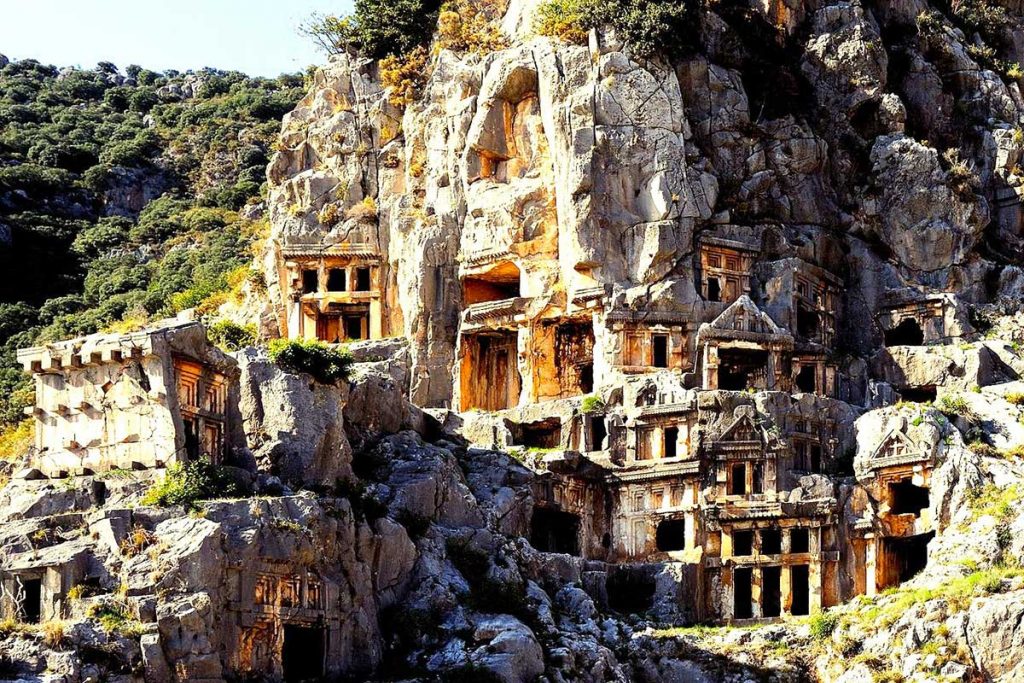
But I will stop here; otherwise, I might “drive” all the way to Istanbul and beyond. Turkey is incredibly rich in natural wonders and ancient sites (21 Turkish locations are on the UNESCO World Heritage List), and a great example of this is Mount Nemrut with its stunning ancient relics—massive heads, sculptures, and remnants of structures at the crossroads of Greek and Persian civilizations.
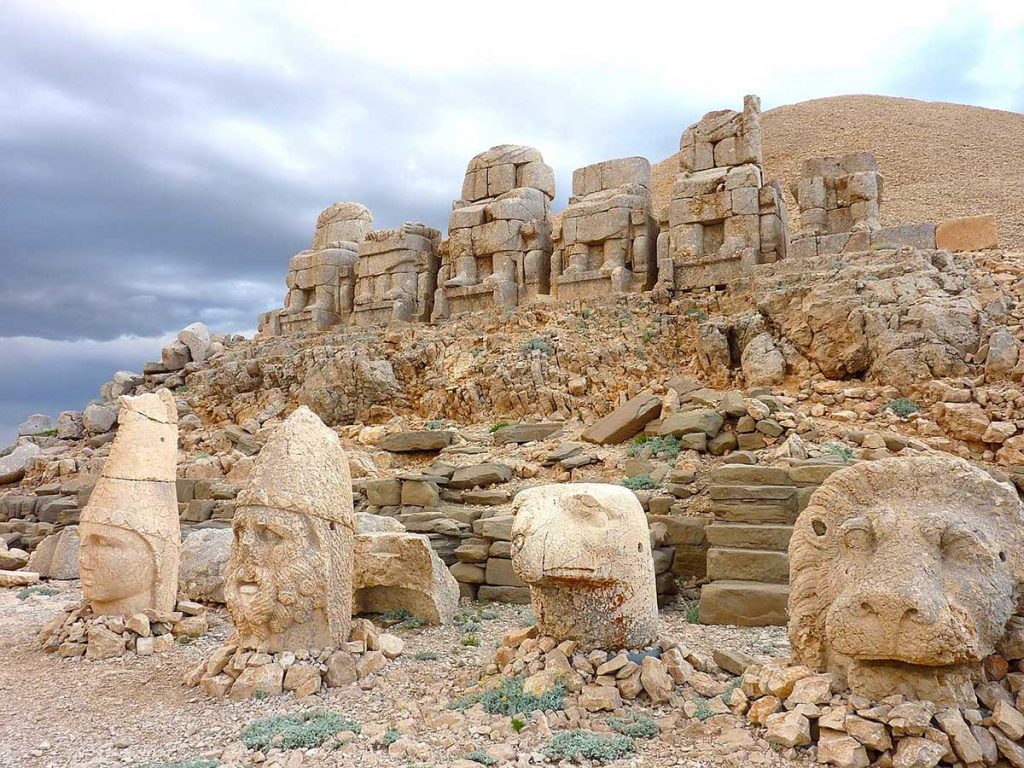
It is located far in the southeast, near the Syrian border, in areas considered unsafe. One can only hope that a time will come when we will be able to visit there.

